| Другие имена | Лезвия для изготовления пакетов, Ножи для резки пакетов, Перфорационные лезвия для пакетов, Т-образные лезвия, Зубчатые ножи, Зубчатое лезвие для вертикальной упаковочной машины, Зубчатый нож для вертикальной упаковочной машины, Зубчатое лезвие для вертикальной упаковки, Зубчатый нож для вертикальной упаковки, Зубчатое лезвие для вертикальной упаковочной машины |
|---|---|
| Место происхождения | Китай |
| Приложение | Пластик, Упаковка, Сумки, Рулоны |
| Материал | Углеродистая сталь |
| Номер модели | КВ-БМ |
| OEM-сервис | Доступный |
| Условия оплаты | Л/К, Т/Т, западное соединение |
| Упаковка | Картонная коробка, В деревянных ящиках |
| Срок поставки | 7-20 дней |
Поделиться с:
Packaging blades, also referred to as packaging machine knives, are specialized cutting tools designed for integration into packaging machinery. These blades perform a variety of cutting, slitting, perforating, and sealing tasks essential for preparing and processing packaging materials like films, foils, paper, cardboard, and various other flexible or rigid materials used to contain and protect goods. The term “packaging blades” is a broad descriptor encompassing a wide array of blade types tailored to the specific demands of different packaging equipment and processes.
Packaging blades are fundamental components in a multitude of automated packaging processes across diverse industries. Their applications are extensive and include:
The selection of materials for packaging blades is crucial to ensure food safety (where applicable), resist corrosion from various product and packaging material interactions, and maintain a sharp, durable cutting edge for consistent, high-speed operation. Common materials include:
Surface treatments and coatings like Titanium Nitride (TiN) or Chromium plating are often applied to enhance surface hardness, reduce friction, and improve resistance to wear and corrosion, thereby extending the lifespan of packaging blades.
Packaging blades are manufactured in a wide variety of shapes and edge configurations to match the specific cutting or sealing mechanisms of different packaging machines:
The working principle of packaging blades varies depending on their function and the machine they are integrated into. Cut-off blades typically employ a shearing action against a fixed anvil or another moving blade. Sealing knives use heat and pressure to fuse and cut films. Rotary blades provide continuous cutting as they rotate against the material. The precision of the blade’s geometry, the sharpness of its edge, the applied force, and the synchronization with the machine’s operation are all critical factors in achieving clean, accurate cuts and reliable seals in packaging processes.
Добро пожаловать в спрашивайте!
If you don’t find the blade you are looking for, we can also customize it. See our “Пользовательские лезвия» чтобы узнать как!
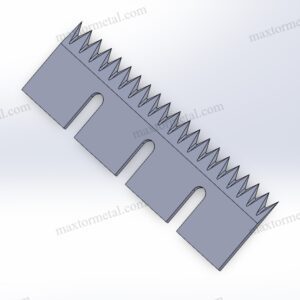
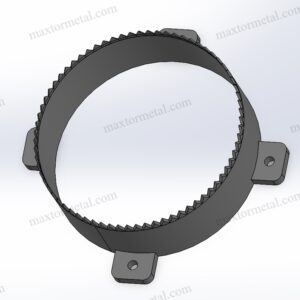
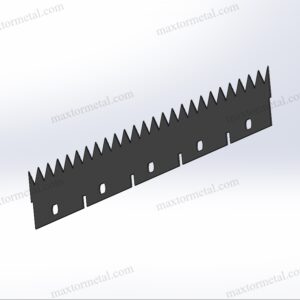

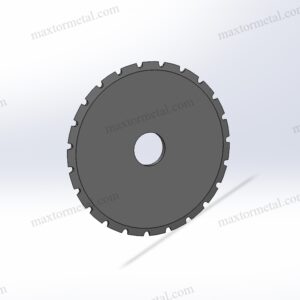
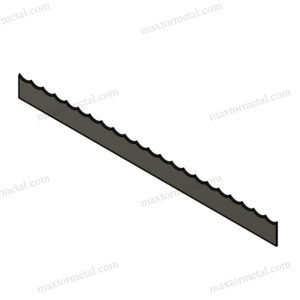
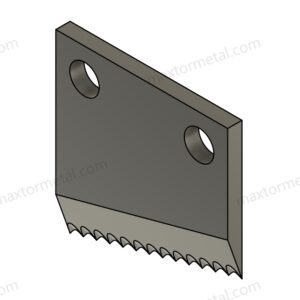
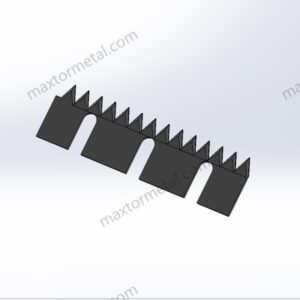

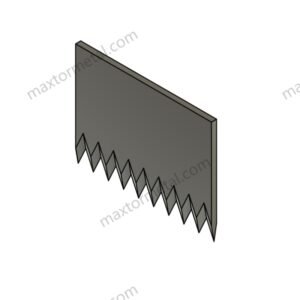
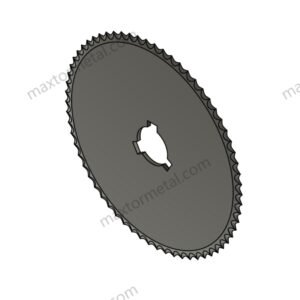
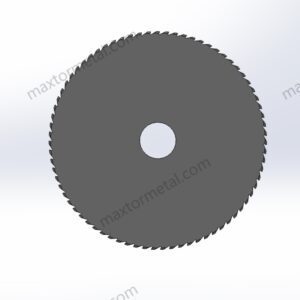
Легко оценить удобство импорта: от транспортировки до таможенного оформления мы берем на себя весь процесс, вам нужно только заплатить НДС и дождаться прибытия товара в компанию.
Мы видели, как его лезвия используются в бесчисленном количестве применений, и готовы реализовать любой проект, который вы нам предложите, обеспечивая точность, долговечность и непревзойденную конкурентоспособную цену.
Если вы предоставите чертежи, эскизы или образцы, мы можем нарисовать и изготовить для вас. Мы также можем помочь в изменении существующих конструкций и спецификаций для улучшения практически любого промышленного применения инструмента. Пожалуйста, свяжитесь с нашей специализированной группой продаж, чтобы обсудить ваши особые требования.
Для контроля качества проводится ряд испытаний и проверок, включая проверку первого изделия, входной контроль материалов и сертификацию материалов, контроль качества в процессе производства, окончательный контроль качества.
Независимо от того, являетесь ли вы импортером, дистрибьютором, оптовиком или конечным потребителем, мы приглашаем вас присоединиться к нам с минимальным минимальным объемом заказа, отсутствием хлопот с запросами и большей свободой при покупке.
Станьте вашим эксклюзивным монитором, регулярно транслирующим каждый важный узел на производственной линии, независимо от того, как далеко он находится, чтобы как можно дальше отслеживать прогресс продукта!
Нанкин Metal Industrial CO., Limited
Промышленный парк Минджуэ, Лишуй, Нанкин, Цзянсу, Китай
Будьте в курсе наших последних новостей.